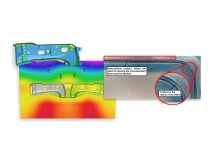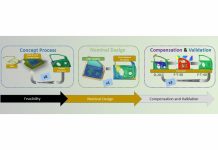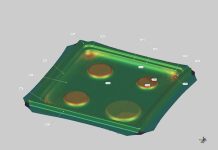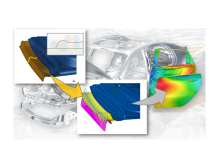A Practical Case Study on Streamlining Engineering Processes
As discussed in Part 1, we aim to present an enhanced process using AutoForm’s DieDesigner for customers who initiate their modeling process with CAD software, showcasing results from actual client experiences.
Founded in 1991, GOITECH specializes in the manufacturing of press dies for automobiles. The company is committed to ongoing research and development to produce top-tier tools, with the ambition of becoming a global industry leader. GOITECH’s objectives include reducing both delivery times and costs by elevating initial quality levels by over 90%. They aim to achieve this by minimizing the number of quality loops and the man-hours needed for production through the application of simulation and compensation (full cycle simulation) using AutoForm across all parts.
Previously, GOITECH’s workflow involved using CATIA for process modeling, while relying on individual expertise for determining the process plan once the part data was received from the client. The process planning was largely dependent on the experience of the person responsible, making it time-consuming to convert and adapt the data generated in CATIA for analysis in AutoForm. To enhance this workflow, GOITECH sought to prioritize process planning based on empirical results, while also aiming to reduce modeling time, part change update time, and the time spent on data exchange and management. For a visual representation of the existing workflow, please refer to Figure 1.

Fig. 1: Existing work process
AutoForm Korea recommended the Optimal Engineering Process using AutoForm-DieDesigner to enhance GOITECH’s existing procedures. Comprehensive discussions were held to finalize the project’s schedule and content, and a tailored training program was developed specifically for GOITECH’s project participants, as outlined in Figure 2.
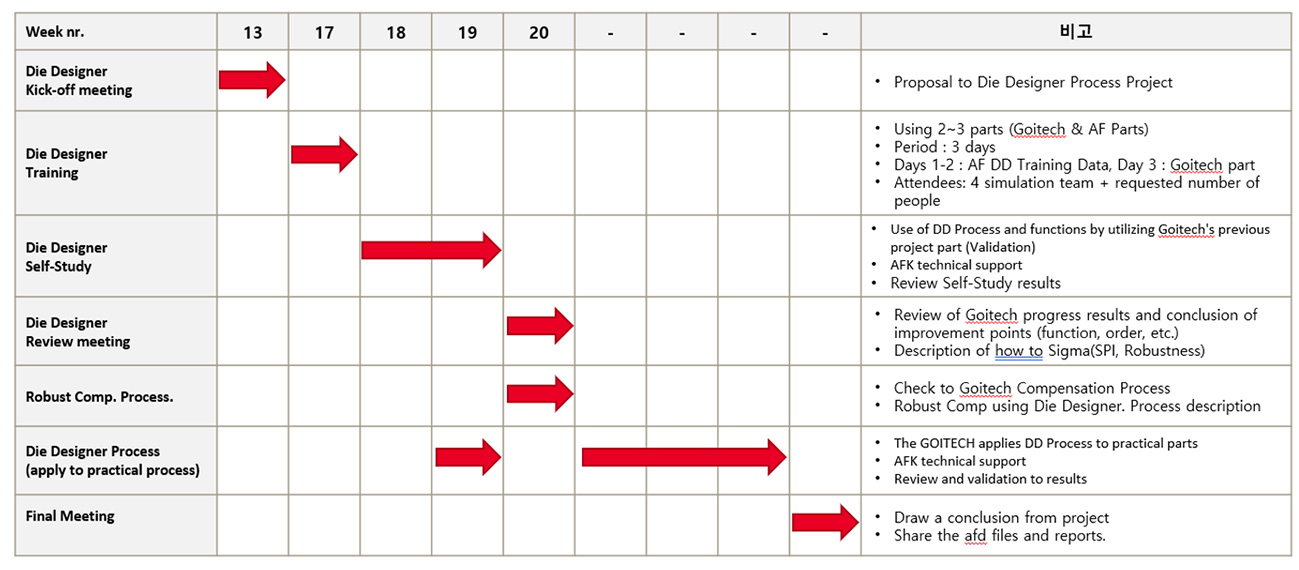
Fig. 2 Proposed project plan
The DieDesigner initiative spanned four weeks, incorporating three days of targeted training followed by three weeks of hands-on application. This involved five users from GOITECH. For the training component, the door outer project was selected as it had already been executed, and both the planning methodology and modeling information were readily available. Consequently, it was replicated in AutoForm for training purposes, which is illustrated in Figure 3.
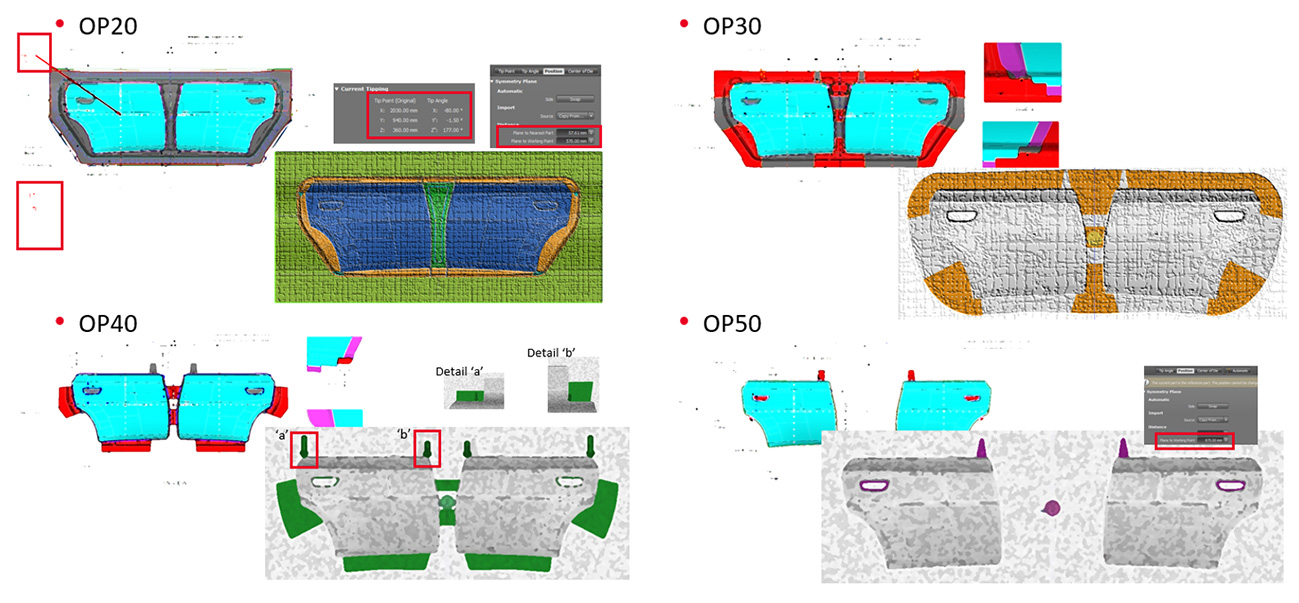
Fig. 3 Process verification for the previous part
In the three weeks following the training, all engineers at GOITECH applied their newly acquired skills to practical components, specifically the swing gate inner and base roof. They employed the recommended approach using DieDesigner to formulate the method plan and model the entire tool surface for these parts.
On June 9th, we held a review meeting at AutoForm Korea’s Seoul office. In addition, we conducted interviews to highlight GOITECH’s achievements and efficiently disseminate the project outcomes. These interviews will be made available on AutoForm’s YouTube channel. The GOITECH representative who was directly involved in the project commented, “For the swing gate inner, which was part of the self-study, the new process reduced CAD modeling time by up to 55% (from 5 hours to 2 hours) and also minimized unnecessary data exchange time. It’s gratifying that part modifications can be effortlessly implemented using AutoForm’s replace function, and quick adjustments using the modify function..” The individual responsible for the method plan added, “It was eye-opening to see that the optimal planning approach could be assessed based on formability outcomes through Formcheck..” (Refer to Figure 4 for additional details.)

Fig. 4 Comparison of CATIA and DieDesigner modeling times
(images blurred to protect confidentiality)
Leveraging the time savings achieved in cost, modeling, and response to part modifications, GOITECH intends to conduct comprehensive Full Stamping Process Feasibility simulation analyses using DieDesigner. This will also enable the evaluation of enhanced compensation strategies as well as a more robust Full Stamping Process Validation and Compensation approach, as shown in Figure 5.

Fig. 5 The future GOITECH process
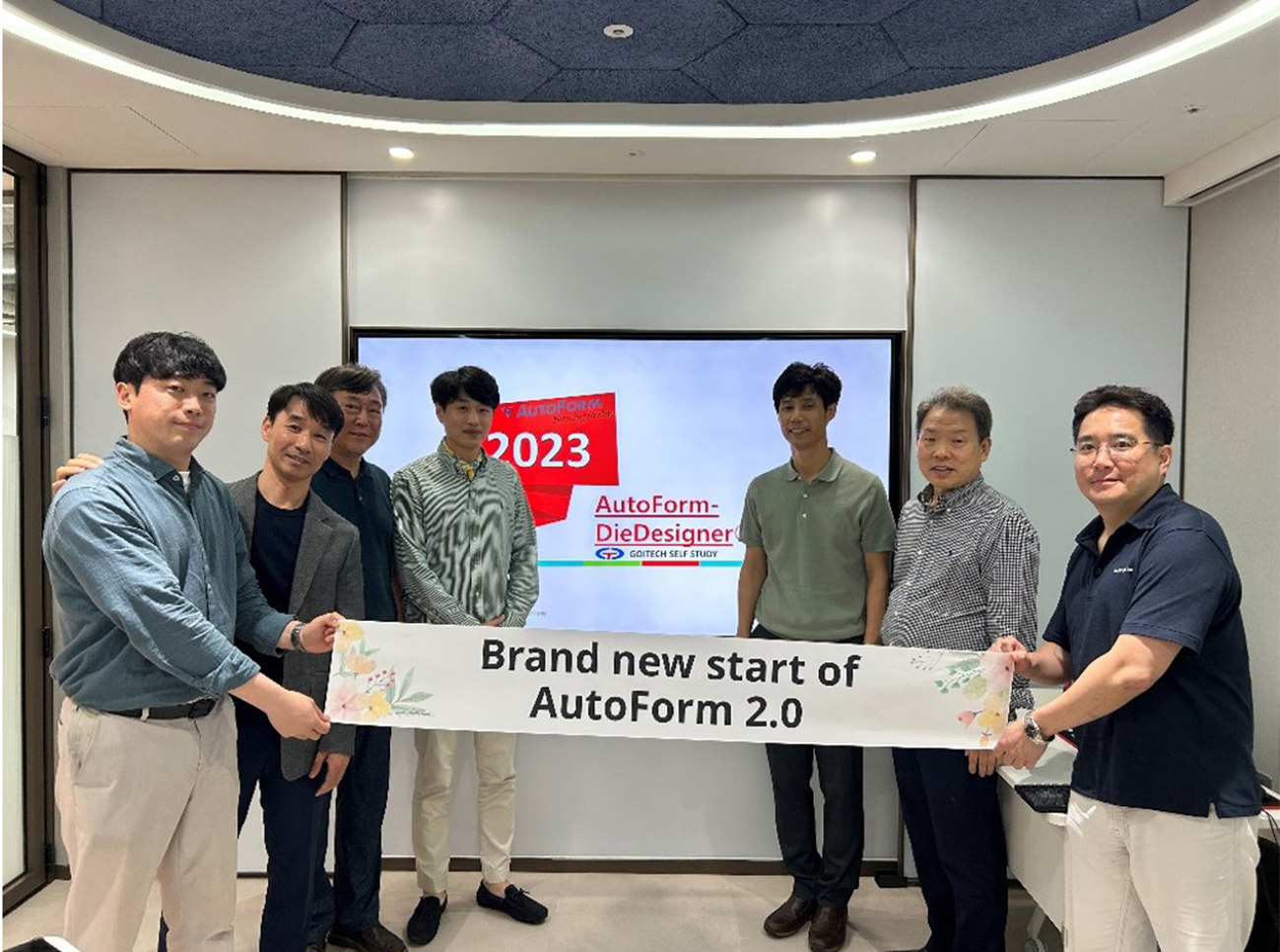
Fig. 6 Review meeting for the successful project at the AFKR Seoul office
GOITECH YouTube link : https://www.youtube.com/@goitech_official
AutoForm YouTube link : https://www.youtube.com/@AutoFormEngineering
AutoForm Korea YouTube link : https://youtu.be/c7uanbs2AY0
With GOITECH – Jeongkwan Lee, Jeongok Kim, Seeun Kim, Jinsoo Jang, Hyunsoo Kang, Seongbae Park



